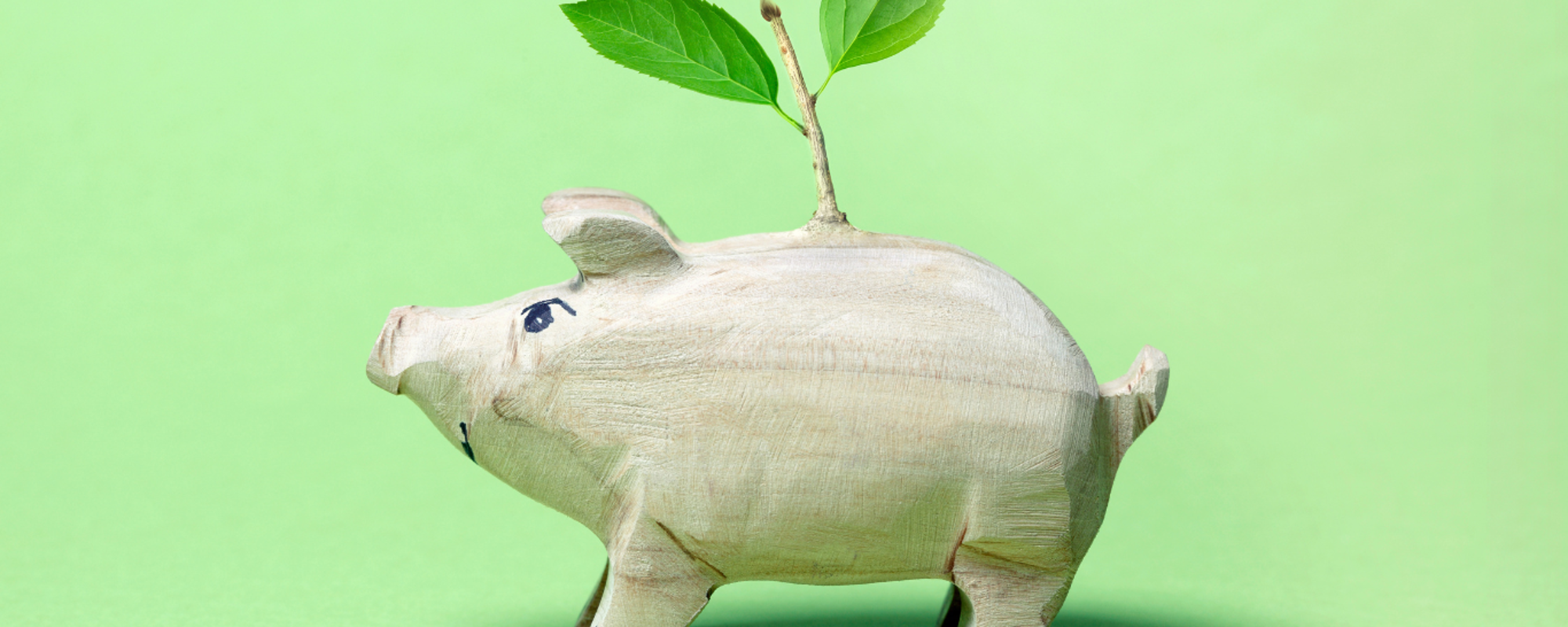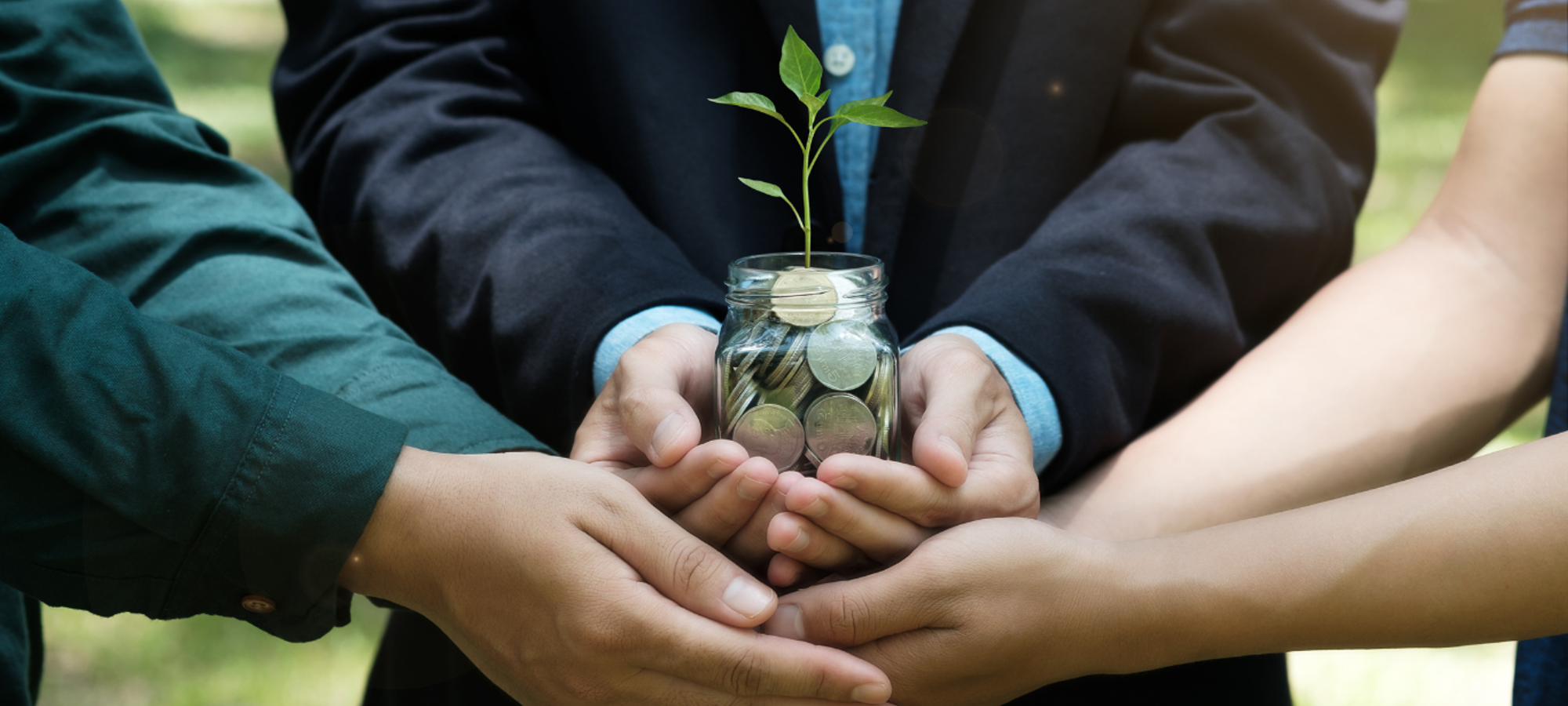Circular Economy: closing the loop for sustainable business practices - part 2
Recent research offers some insights. The fashion industry, for instance, is driven more by intrinsic motivations than external pressures. The integration of Industry 4.0 technologies, like IoT, can amplify the benefits of the circular economy, but they also bring challenges of their own, from data privacy to the environmental cost of tech production.
1. The Fashion Sector's Intrinsic Motivations:
A comprehensive study within the fashion industry revealed that businesses are increasingly driven by internal motivations to adopt circular practices(1). While external pressures, such as regulatory demands or consumer activism, play a role, the primary drivers are often rooted in a genuine desire for sustainability, ethical responsibility, and long-term viability. This shift in mindset is crucial, as it signifies a move from reactive compliance to proactive commitment. Companies that internalise the principles of the circular economy are better positioned to innovate, adapt, and lead in an ever-evolving market landscape.
2. The Power of Industry 4.0 in Amplifying Circular Economy Practices:
The fourth industrial revolution, commonly referred to as Industry 4.0, brings with it a suite of transformative technologies, including the Internet of Things (IoT), artificial intelligence, and advanced analytics. When these technologies are integrated with circular economy practices, the results are profound(2). For instance, IoT-enabled devices can monitor product life cycles, optimise resource usage, and facilitate product take-back schemes. This seamless integration of technology and sustainability leads to both enhanced economic returns and significant environmental benefits, creating a win-win scenario for businesses.
3. The Potential of Reverse Logistics:
Reverse logistics, which involves the process of moving goods from their final destination back to the manufacturer for return or recycling, is a cornerstone of the circular economy(3). By emphasising this aspect, businesses can tap into alternative revenue streams. For example, by refurbishing and reselling returned products or by extracting valuable materials for reuse. This approach not only generates profit from previously 'wasted' resources but also upholds stringent environmental standards, reducing landfill waste and minimizing the carbon footprint.
4. Sustainable Logistics Practices in the Logistics Sector:
The logistics sector, which is pivotal in the global supply chain, is undergoing a significant transformation towards sustainability(4). By embedding sustainable practices, companies can achieve a myriad of benefits. Environmental preservation is, of course, paramount, but there are also tangible business advantages. Dynamic capabilities, such as real-time tracking of shipments, optimisation of routes to reduce fuel consumption, and the use of eco-friendly packaging, enhance operational efficiency. Furthermore, as society becomes increasingly conscious of environmental issues, companies that prioritize sustainable logistics are likely to enjoy enhanced brand reputation and customer loyalty.
In essence, these research insights underscore the vast potential and multifaceted benefits of the circular economy. For business leaders, they offer not just data points but actionable strategies to drive growth, innovation, and sustainability in tandem.
As we navigate the complexities of the 21st century, the circular economy stands out as a beacon of hope and a roadmap for sustainable business practices. The traditional paradigms of production and consumption are undergoing a seismic shift, driven by both environmental imperatives and economic realities. The circular economy, with its emphasis on resource optimization, waste reduction, and sustainable innovation, offers businesses a robust framework to not only adapt but thrive in this new landscape.
From tech giants like Apple to fashion trailblazers like Patagonia, companies are demonstrating that sustainability and profitability can coexist harmoniously. They are setting benchmarks for others to follow, proving that with foresight, innovation, and a commitment to long-term value creation, businesses can be both environmentally responsible and economically viable.
Moreover, the integration of cutting-edge technologies and research-driven insights further amplifies the potential of the circular economy. It's not just about recycling or reducing waste; it's about reimagining entire business models, supply chains, and consumer relationships. It's about building brands that resonate with an increasingly conscious consumer base and fostering loyalty that goes beyond just products or services.
While the circular economy champions waste reduction and sustainable innovation, its implementation is not without hurdles. For many businesses, the transition requires significant capital investment, not just in terms of infrastructure but also in retraining and reskilling the workforce. There's also the challenge of consumer perception. Can refurbished or recycled products shake off the stigma of being 'second-best' compared to brand-new items? Moreover, the global nature of supply chains means that while one region might adopt circular principles, others might lag, leading to inconsistencies in practice.
Furthermore, the integration of technology, while promising, brings its own set of challenges. Data privacy concerns, especially with IoT devices, and the environmental impact of producing new tech hardware can sometimes counteract the very sustainability principles the circular economy stands for.
In essence, while the circular economy offers a promising framework for the future, its successful implementation requires a nuanced, critical approach. Business leaders must weigh the benefits against the challenges, ensuring that in their quest for sustainability, they don't inadvertently introduce new problems. The journey towards a truly circular economy is complex, demanding not just enthusiasm but also critical evaluation and continuous adaptation.
References
- Ostermann, C. M., Nascimento, L., Steinbruch, F., & Callegaro-De-Menezes, D. (2021). Drivers to implement the circular economy in born-sustainable business models: a case study in the fashion industry. Link to the full article. (1)
- Sun, X., & Wang, X. (2022). Modeling and Analyzing the Impact of the Internet of Things-Based Industry 4.0 on Circular Economy Practices for Sustainable Development: Evidence From the Food Processing Industry of China. Link to the full article. (2)
- Fernando, Y., Shaharudin, M. S., & Abideen, A. Z. (2022). Circular economy-based reverse logistics: dynamic interplay between sustainable resource commitment and financial performance. Link to the full article. (3)
- Jayarathna, C. P., Agdas, D., & Dawes, L. (2022). Exploring sustainable logistics practices toward a circular economy: A value creation perspective. (4)

